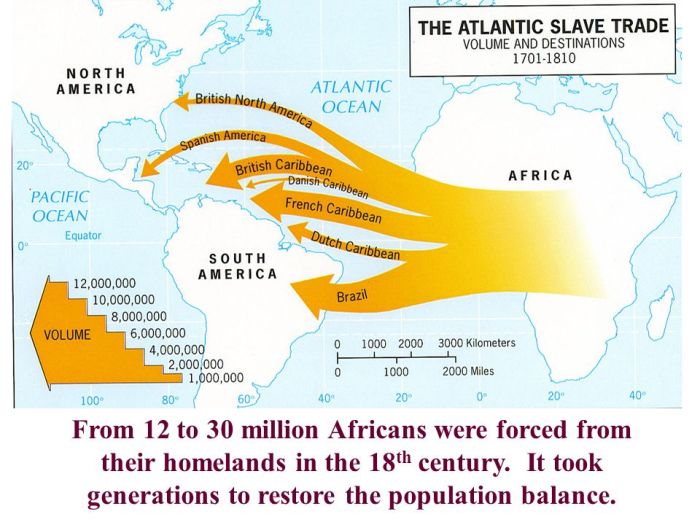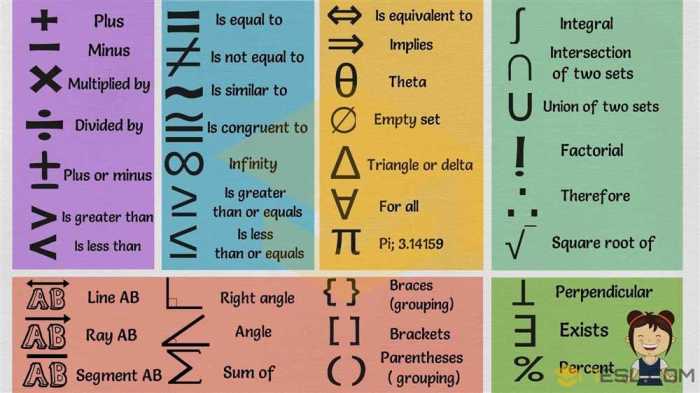AP Human Geography Grand Review Answers offers an indispensable resource for students preparing for the Advanced Placement exam. This comprehensive guide provides a thorough review of the fundamental principles, concepts, and methods of human geography, equipping students with the knowledge and skills necessary to excel on the exam and in their future studies.
The content delves into various aspects of human geography, including population geography, cultural geography, economic geography, political geography, urban geography, environmental geography, historical geography, and regional geography. Each section explores key concepts, theories, and case studies, providing a well-rounded understanding of the discipline.
Concept Review
Human geography is the study of the relationship between humans and their environment. It examines how humans interact with the physical environment, how they create and modify cultural landscapes, and how they organize themselves politically and economically.
One of the fundamental principles of human geography is that humans are not passive observers of their environment. They actively shape their surroundings, both intentionally and unintentionally. For example, humans build cities, roads, and dams, which can alter the physical landscape.
They also create cultural landscapes, which are environments that have been modified by human activity, such as agricultural fields and urban areas.
Another fundamental principle of human geography is that humans are social beings. They live in communities and interact with each other in a variety of ways. These interactions can be cooperative or competitive, and they can have a significant impact on the human landscape.
Key Themes and Perspectives in Human Geography, Ap human geography grand review answers
There are a number of key themes and perspectives that are common to human geography. These include:
- Spatial analysis: Human geographers use spatial analysis to understand how humans interact with their environment. This involves studying the distribution of people, resources, and activities across space.
- Environmental sustainability: Human geographers are concerned with the sustainability of the environment. They study the impact of human activities on the environment and develop strategies for reducing this impact.
- Social justice: Human geographers are also concerned with social justice. They study the distribution of resources and opportunities across society and work to promote equity and justice.
Geographic Data and Methods
Geographic data is information about the Earth’s surface. It can be collected in a variety of ways, including through remote sensing, field surveys, and interviews. Once collected, geographic data can be analyzed using a variety of methods, including statistical analysis, GIS (geographic information systems), and cartography.
Types of Geographic Data
There are two main types of geographic data: vector data and raster data.
- Vector datais data that is represented as points, lines, and polygons. It is often used to represent features such as roads, rivers, and boundaries.
- Raster datais data that is represented as a grid of cells. It is often used to represent data such as elevation, land use, and population density.
Sources of Geographic Data
Geographic data can be collected from a variety of sources, including:
- Remote sensing: Remote sensing is the process of collecting data about the Earth’s surface from a distance. This can be done using satellites, airplanes, and other platforms.
- Field surveys: Field surveys involve collecting data by visiting a specific location. This can be done by interviewing people, taking measurements, and making observations.
- Interviews: Interviews can be used to collect data about people’s perceptions, experiences, and behaviors.
Population Geography

Population geography is the study of the distribution, density, and growth of human populations. It examines the factors that influence population patterns and trends, and it provides insights into the challenges and opportunities associated with population change.
Key Concepts of Population Geography
Some of the key concepts of population geography include:
- Population distribution: Population distribution refers to the way in which people are spread out across the Earth’s surface. It can be described in terms of density, which is the number of people per unit area.
- Population density: Population density is a measure of how many people live in a given area. It is typically expressed as the number of people per square kilometer.
- Population growth: Population growth refers to the increase in the number of people in a population over time. It can be measured as the rate of natural increase, which is the difference between the birth rate and the death rate.
Cultural Geography

Cultural geography is the study of the cultural landscape. It examines how culture is expressed and transmitted through the built environment, the natural environment, and human behavior.
Key Concepts of Cultural Geography
Some of the key concepts of cultural geography include:
- Culture: Culture is the sum total of the beliefs, values, and practices of a group of people. It is transmitted through language, education, and socialization.
- Cultural landscape: The cultural landscape is the environment that has been modified by human activity. It includes buildings, roads, farms, and other features that reflect the culture of the people who created them.
- Cultural diffusion: Cultural diffusion is the process by which culture is spread from one group of people to another. It can occur through trade, travel, and migration.
Economic Geography: Ap Human Geography Grand Review Answers

Economic geography is the study of the production, consumption, and distribution of goods and services. It examines the factors that influence economic development and globalization, and it provides insights into the challenges and opportunities associated with economic change.
Key Concepts of Economic Geography
Some of the key concepts of economic geography include:
- Production: Production is the process of creating goods and services. It can be done in a variety of ways, including through agriculture, manufacturing, and mining.
- Consumption: Consumption is the process of using goods and services. It can be done by individuals, households, businesses, and governments.
- Distribution: Distribution is the process of getting goods and services from producers to consumers. It can be done through a variety of channels, including retail stores, wholesalers, and transportation companies.
FAQ Section
What is the purpose of AP Human Geography Grand Review Answers?
AP Human Geography Grand Review Answers is a comprehensive study guide designed to help students prepare for the Advanced Placement exam in Human Geography.
What topics are covered in AP Human Geography Grand Review Answers?
AP Human Geography Grand Review Answers covers all the major topics included in the AP Human Geography curriculum, including population geography, cultural geography, economic geography, political geography, urban geography, environmental geography, historical geography, and regional geography.
How can AP Human Geography Grand Review Answers help me improve my score on the AP exam?
AP Human Geography Grand Review Answers provides a thorough review of the material covered on the AP exam, helping students to identify their strengths and weaknesses and focus their studies accordingly.

